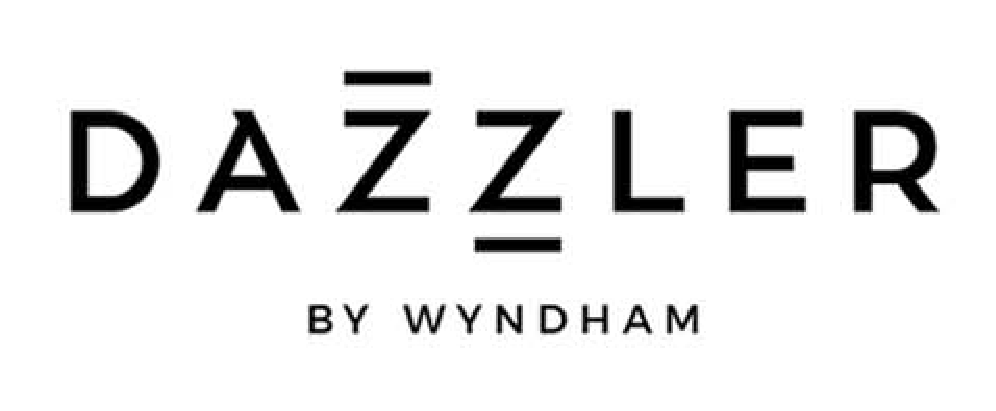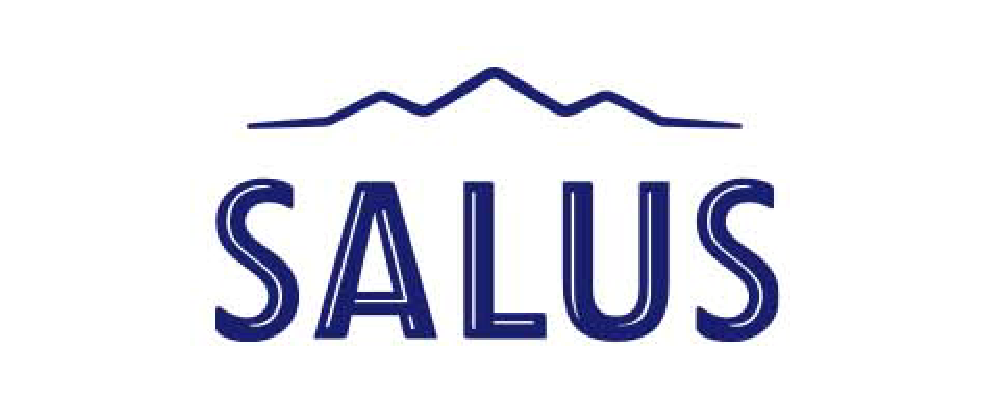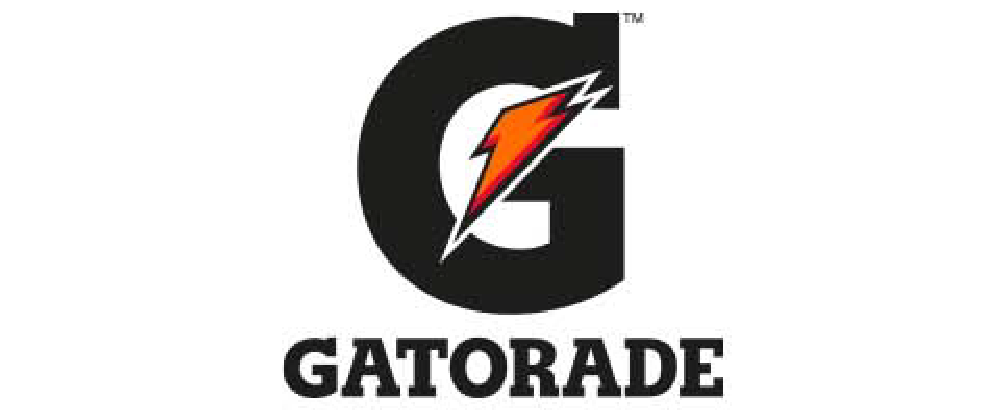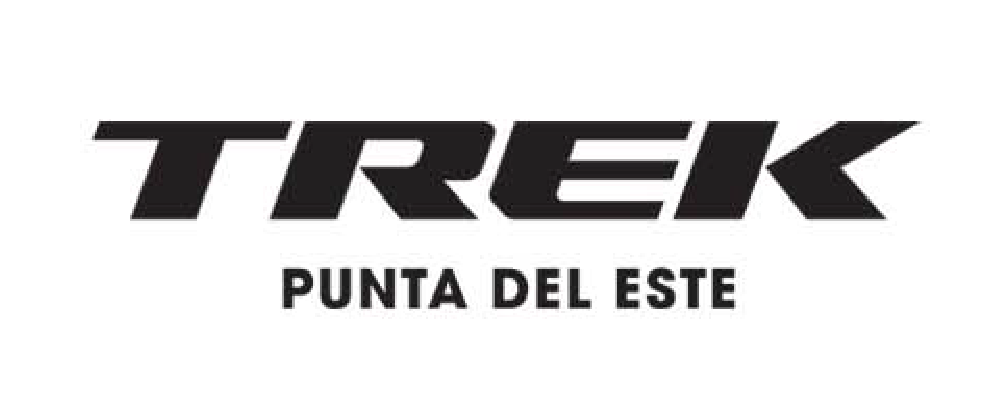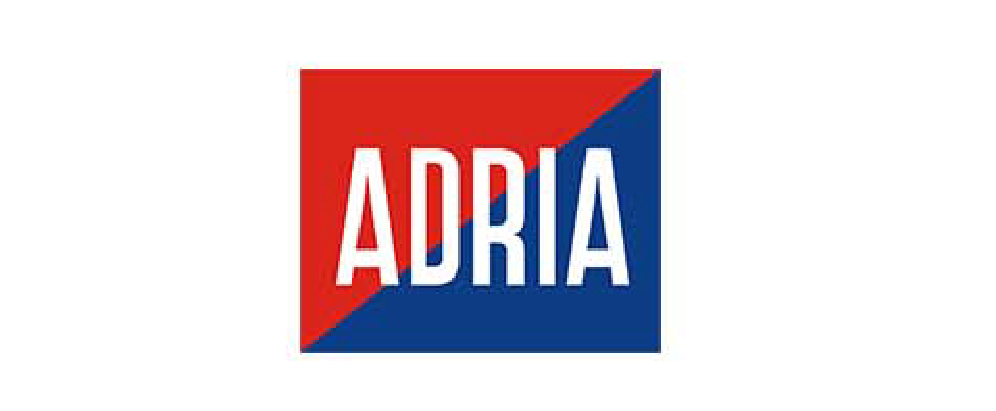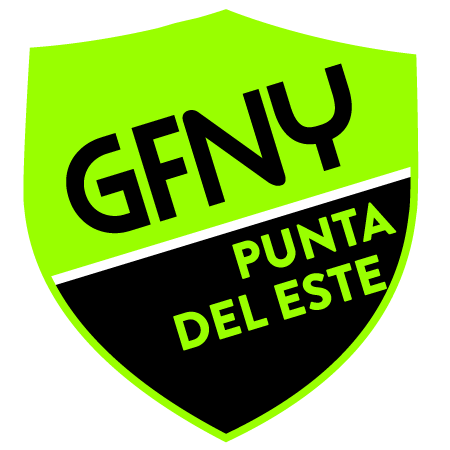Off-Season Tips to Improve Your Climbing
One thing is universal among cyclists: we all want to improve our climbing! Those of us who suffer on the climbs want to improve our weakness in the hills, and the mountain goats among us want to keep improving and do even more damage when the race hits the climbs.
Such an important aspect of cycling must be worked on year-round. However, the way you train for climbing changes depending on what time of year it is. During the off-season, beginning now for most of us, it is key to lay the foundation for a strong season of climbing mountains all spring, summer and fall. Here we’ve compiled a few effective tips on how to do that.
Big Gear Work
One of the most tried-and-true ways of improving your climbing is through big gear work. The process is simple: do intervals of 5-10 minutes at moderate effort but using a gear that keeps you at a cadence of around 60 rpm. This mimics the forces on the muscles of climbing, but the lowered strain on your aerobic system means you generate less fatigue. Climbing is all about sustaining high power over long periods of time, and this is a great workout to boost that capacity.
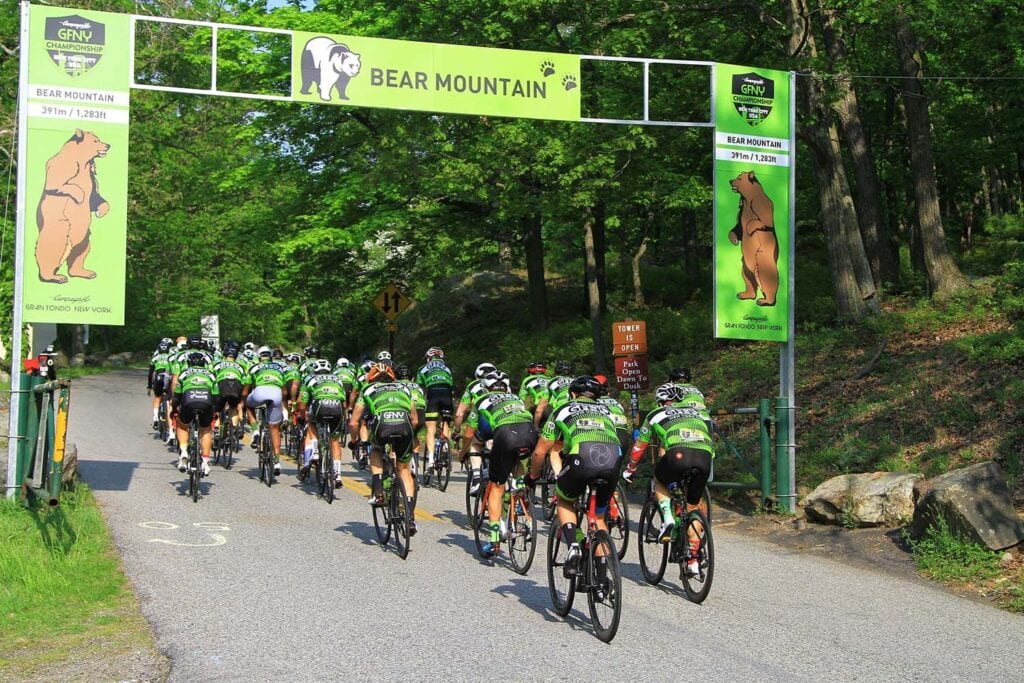 Bear Mountain is one of the key points of GFNY NYC. For success in May, start preparing now.
Bear Mountain is one of the key points of GFNY NYC. For success in May, start preparing now.
Get in the Gym
The off-season is the perfect time to start a gym program. Heavy lower-body strength training has been proven over and over to help improve sustainable power output, which as we said above, is one of the keys to climbing. Improving strength through your core, especially lower back, can improve power transfer and reduce fatigue during long climbs. And although many cyclists are scared of gaining weight, it’s been shown all these positive adaptations can occur without any gain in body mass if diet is controlled and athletes are continuing to train on the bike at the same time.
We have already written an article on gym training you can read here, so please do so to get more details.
Pro tip: Many people consider big-gear work and gym work to be the same thing. They are not. There are some overlaps, but the adaptations from doing a few repetitions at a heavy weight in the gym aren’t the same as doing hundreds of repetitions during a big-gear interval. For best results, do both!
Lose any Unwanted Weight
If sustainable power is one side of the coin for performing on climbs, minimizing weight is the other side of the coin. The all-important power-to-weight ratio can be optimized by raising power and lowering weight, so some smart, controlled weight loss could help if you’re an athlete who has the weight to lose.
The off-season is the best time of year to lose weight. That is for a few reasons: First, this long from your goal races, you have time to lose weight slowly and in a healthy manner. Secondly, because intensity in training is often lower this time of year, running a caloric deficit doesn’t hurt your training as much as it may in the lead-up to an important race, when training intensity is at its highest.
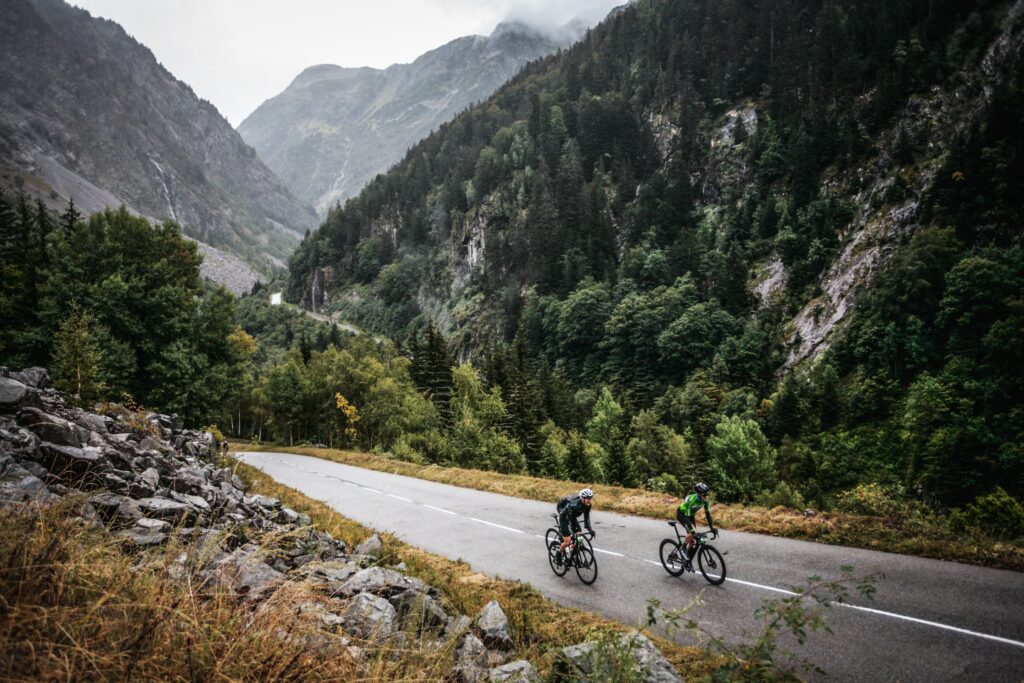
Power-to-weight ratio is crucial for long climbs like those of GFNY Vaujany.
Limit (but don’t eliminate) High-Intensity Training
High-intensity interval training, training above your threshold or 90% of max heart rate, should be a part of every cyclist’s training plan. However, we can’t expect to focus on everything all the time. If you’re putting in hard work in the gym, performing big-gear sessions, and perhaps trying to lose a bit of weight, it’s simply not realistic to add a bunch of high-intensity intervals on top of that.
So, this is the perfect time of year to let those workouts take a back seat. That doesn’t mean you have to eliminate them entirely. We often find it’s best to abandon them temporarily at the beginning of the off-season, when weight training and big-gear training is leaving you with heavy legs. As you start to adapt, you can begin to slowly add high-intensity workouts back in.
